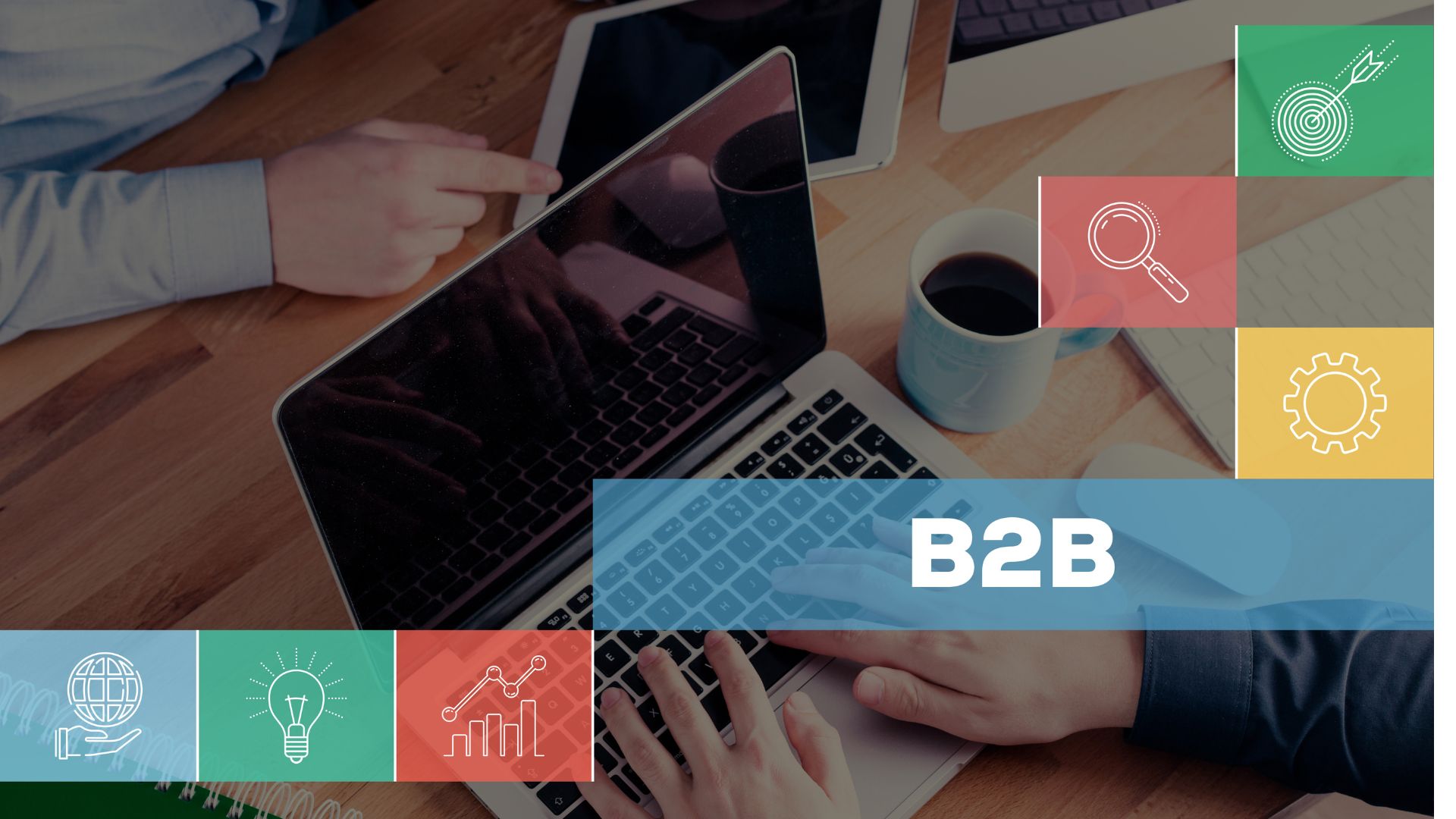The Hidden Problem of Manual Data Entry
Manual data entry is one of the most expensive and least productive tasks in any business.
Every time an employee transcribes information from a physical or digital document into a system, time is invested that could be spent on higher-value activities.
In addition, the risk of human error is high. A misspelled number, an omitted field, or a duplicate piece of data can lead to chain problems: incorrect invoices, late payments, inventory errors, or decisions based on incomplete information.
In a B2B environment, where accuracy and speed are essential, continuing to rely on manual processes is a brake on growth.
Most worryingly, many companies do not calculate the real cost of this practice. When they do, they find that they not only lose money, but also business opportunities.
What is Zero Data Entry and Why is it a Game Changer
Zero Data Entry is a concept that seeks to completely eliminate the need for manual data entry.
Instead of a person copying information, systems automatically capture, interpret, and transfer data from its source to the correct destination.
This is achieved thanks to technologies such as:
- Intelligent Process Automation (IPA)
- Advanced Optical Character Recognition (OCR)
- Artificial intelligence and machine learning
- Cross-system API integrations
The result is a continuous flow of information, without interruptions or errors.
For businesses, this means more speed, more accuracy, and more ability to scale without increasing operational costs.
How AI makes Zero Data Entry possible
Artificial intelligence doesn’t just read data, it also understands it.
Today, solutions are designed that adapt to your current processes, without forcing you to change your entire infrastructure.
AI can:
- Recognize documents such as invoices, contracts, purchase orders, or forms.
- Extract relevant information automatically.
- Validate data against predefined business rules.
- Integrate the information into your ERP, CRM or any other system.
In addition, AI learns over time. The more documents you process, the more accurate it becomes. This creates a cycle of continuous improvement that multiplies the value of the investment.
The key is that the system not only automates, but optimizes.
Direct benefits for your company
Adopting Zero Data Entry has an immediate and measurable impact:
- Time savings: Your teams spend more hours on strategic tasks.
- Reduced errors: fewer fixes and less rework.
- Increased productivity: more processes completed in less time.
- Scalability: You can handle more volume without increasing headcount.
- Better customer experience: faster and more accurate responses.
- Regulatory compliance: More reliable data for audits and reports.
In a competitive market, these benefits translate into real advantage.
Companies that adopt Zero Data Entry not only save costs, but also improve their reputation and responsiveness.
Use cases in different areas
Zero Data Entry is not unique to one department, it can be used in all areas of a company and then organize an integrated system. Every area of your business can benefit from eliminating repetitive and error-prone tasks.
- Administration and accounting: automatic management of invoices, reconciliations and financial reports.
- Human resources: digitization of contracts, employee registrations and terminations, payroll management.
- Customer service: automatic registration of requests, complaints and case follow-up.
- Sales and marketing: integration of lead data, campaigns and analysis of results without manual intervention.
- Logistics and operations: automatic updating of inventories, purchase orders, and shipment tracking.
How to implement Zero Data Entry in your business
The first step is to identify the processes where the most time is wasted entering data.
Then, define which systems and document formats are involved.
First, your company’s workflows are analyzed and a custom solution is designed.
Implementation includes:
- Integration with your existing systems.
- Setting up business rules.
- AI training with your real documents.
- Training your team to get the most out of the tool.
The goal is for the transition to be smooth and for the return on investment to be seen in weeks, not years.
The future without manual data entry
Zero Data Entry is the future of business management.
Companies that adopt it today will be better prepared to compete tomorrow.
Intelligent automation with AI not only eliminates repetitive tasks, but unlocks human potential to innovate, create, and lead.
In a world where information is power, having accurate data available in real-time is an advantage you can’t ignore.
The question isn’t when your company should start adopting Zero Data Entry, and if you haven’t asked yourself the question yet, do so now.




